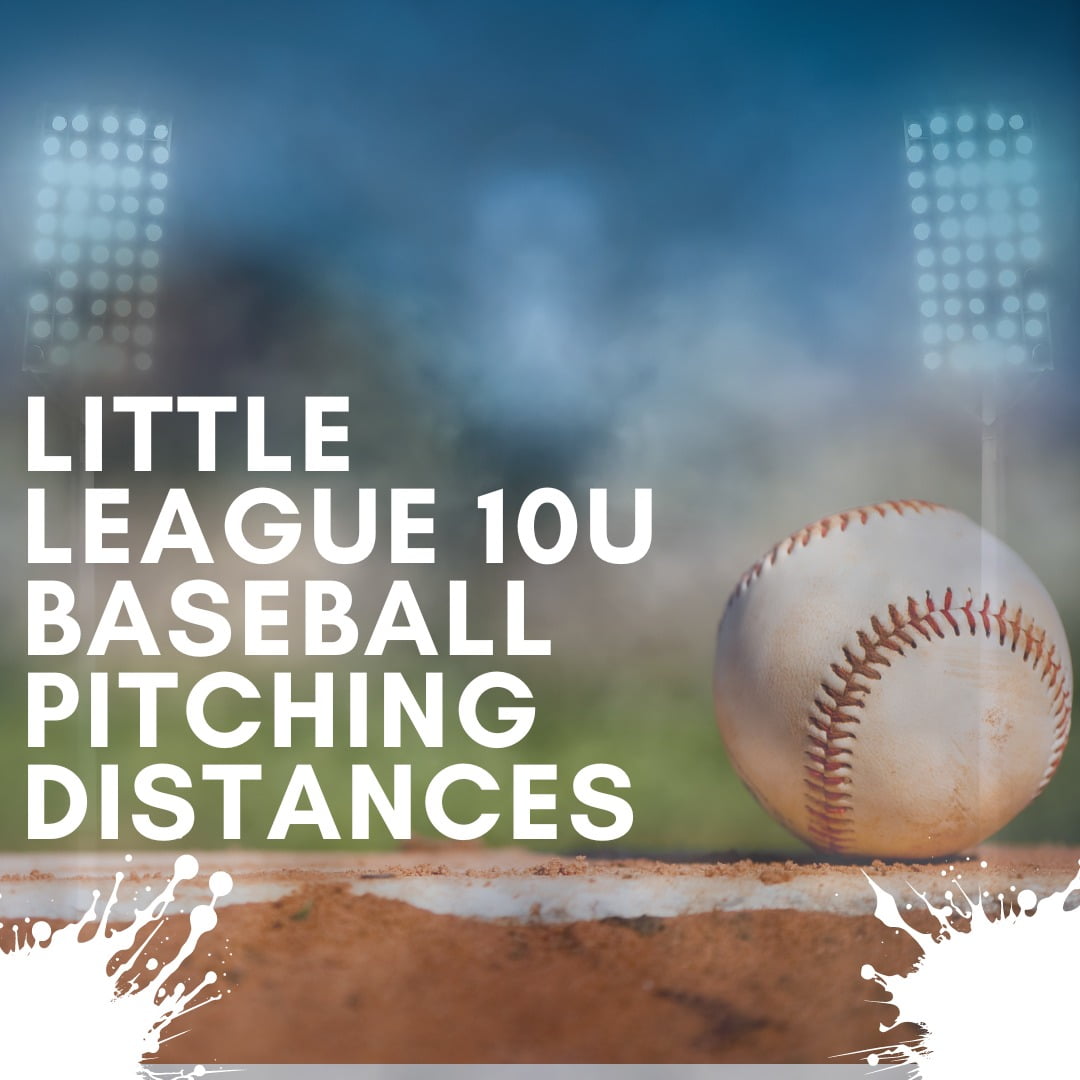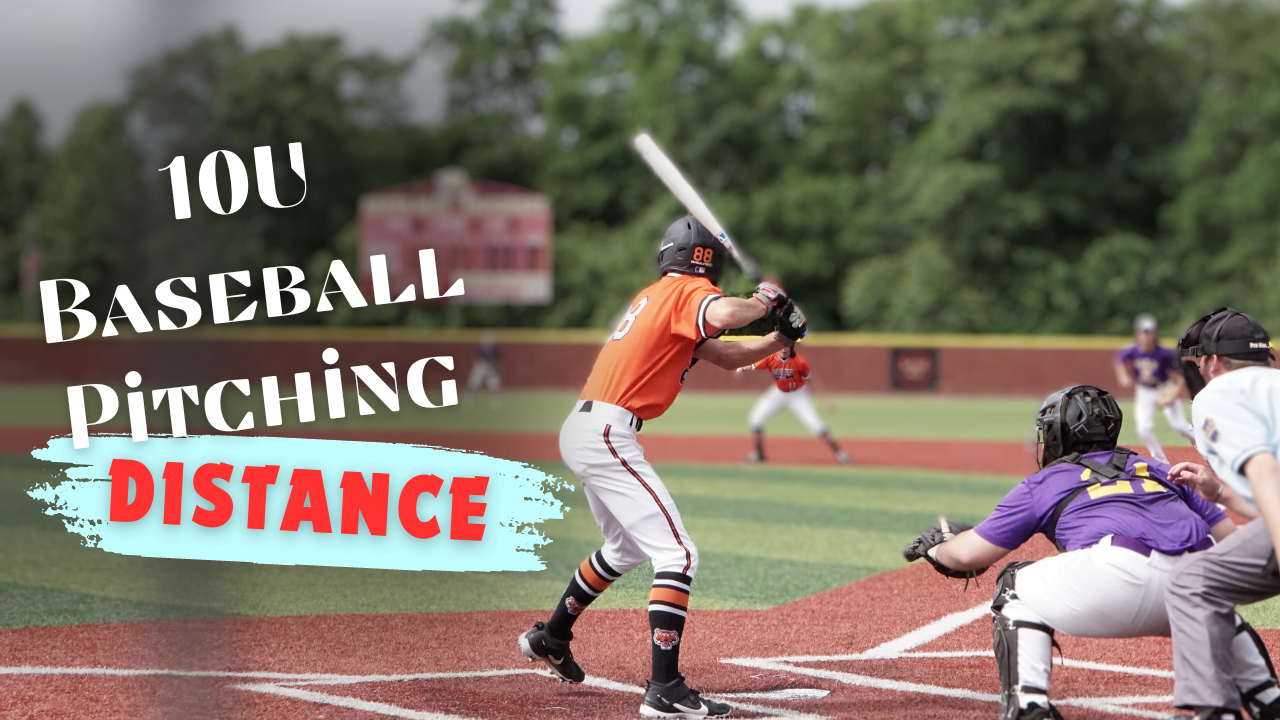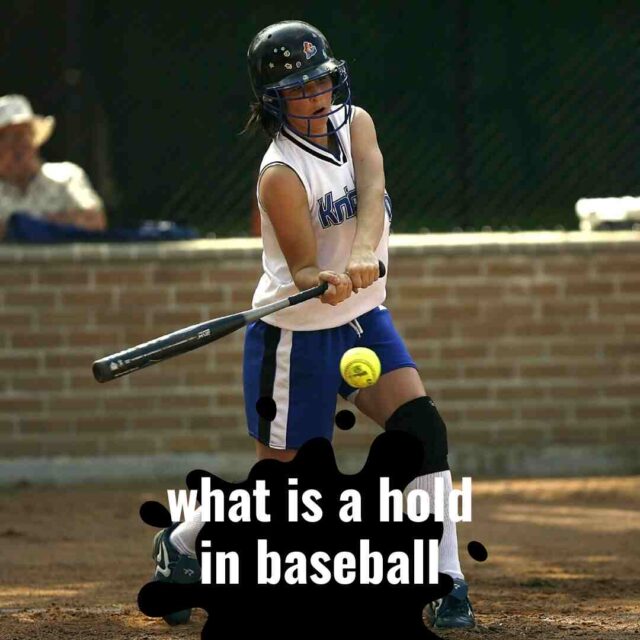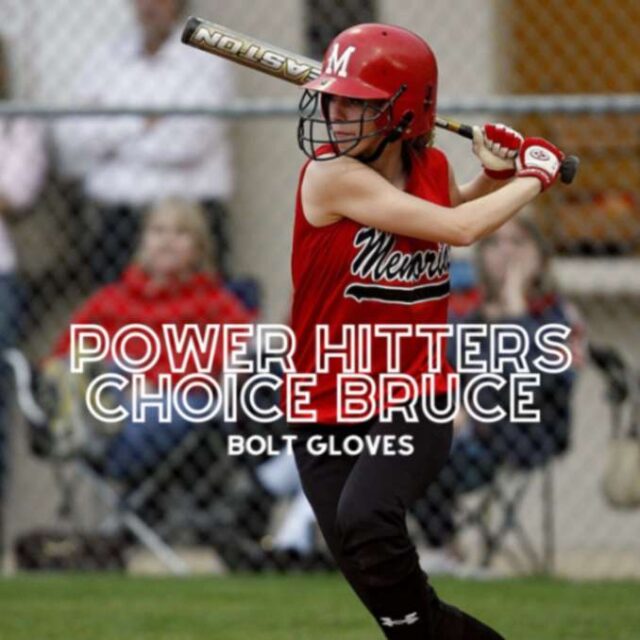Are you active in youth baseball or softball as a parent, coach, or player? If so, you’ve probably heard the phrase ” 10U baseball pitching distance” more frequently than usual. Understanding the 10U baseball pitching distance is essential for the game, whether it be Little League, 10U, 12U, or even high school. To make sure you’re ready for the upcoming season, we’ll walk you through the various pitching lengths you could experience in kid’s baseball and softball in this thorough guide.
Little League 10U baseball Pitching Distances
Let’s begin with the fundamentals: Little League. Depending on the age category, Little League’s 10U Baseball pitching distance might change. For instance, the distance from the pitcher’s pitch to home plate in the Majors division (ages 11–12) is 46 feet. In contrast, the Minors division (ages 9–10) has a significantly smaller length of 42 feet. For fair and secure play, it is crucial to understand the proper throwing distance for your child’s age group.
10U baseball Pitching distances in Little League are deliberately planned to offer young players a developmental challenge. Young pitchers can hone their abilities without feeling excessive strain because of the shorter distance in the Minors division, which improves control and accuracy.

Distance From Home Plate
The distance from home plate to the pitcher’s mound, in addition to 10U baseball pitching distance, is a crucial component of the game. It affects the base running, batting, and pitching dynamics. Players and coaches may make wise judgements throughout the game if they are aware of this gap.
For instance, the pitcher’s mound is 46 feet away from home plate in Little League Majors. For batters, this 46-foot distance might seem like a lifetime, especially when up against a strong pitcher. Additionally, runners must carefully assess the pitcher’s action when attempting to steal a base as a result of this.
Both pitchers and batters must be aware of the distance from home plate to the pitcher’s mound. Pitchers must adjust to the difficulty of facing batters from this distance, and hitters must modify their timing and approach appropriately.
10U Baseball Pitching Distances
Moving up to 10U, the pitching distances are still quite important for both baseball and softball. The usual pitching distance in 10U baseball is 46 feet. For 10U softball, the distance is 40 feet for slow pitch and 35 feet for rapid pitch. The distinct difficulties each sport poses are highlighted by the distance disparity between baseball and softball.
Players in 10U pitching distance are progressing significantly in their growth. They are improving their throwing mechanics, developing more powerful and accurate swings, and honing their fielding abilities. Baseball pitchers must concentrate on control and consistency when throwing from a distance of 46 feet.
Fastpitch and slow pitch pitching distances in 10U softball are different to account for changes in pitching methods. Slow-pitch pitchers at 40 feet rely on precise positioning and planning, while fast-pitch pitchers at 35 feet must produce greater speed and spin on the ball.

12U Pitching Distances
Players go to the 12U division as they proceed. The pitching distance in baseball is still 46 feet, giving young players a stable foundation on which to hone their abilities. However, 12U softball players confront new difficulties and tactics due to the pitching distances of 50 feet for slow pitch and 40 feet for fast pitch.
Player growth is crucial throughout the 12U division. The pitching lengths continue to be crucial as young players hone their skills at this level. While pitchers work on improving their control and velocity, hitters learn to adapt to the longer pitches.
The difference in distances between fastpitch and slowpitch in 12U softball emphasises the need for player specialisation. While some players might favour the quicker tempo and tighter proximity of fastpitch, others could flourish in the tactical intricacy of slowpitch.
10U baseball Pitching Distances by Age
10U baseball Pitching distances in youth baseball and softball alter as players mature and improve. These changes make sure the game stays competitive while taking young competitors’ physical limitations into account. For the most recent information on pitching distance limitations, make sure to refer to the official rules and regulations for your particular league.
High School and Beyond
The 10U baseball pitching distances for high school baseball and softball finally became longer. High school softball follows the fast pitch distance of 43 feet, whereas high school baseball normally utilizes a pitching distance of 60 feet. The older players’ more sophisticated skills and talents are in line with these distances.
Players have spent years honing their tactics and strategies at the high school level. The longer 10U baseball pitching distance forces pitchers to deliver their pitches with greater speed and movement, while hitters must adjust to the lengthier response times.
MLB 10U baseball Pitching Distances
The greatest league in the sport, Major League Baseball (MLB), has a10U baseball pitching distance from the pitcher’s mound to home plate of 60 feet, 6 inches. The talent and accuracy needed at the professional level are demonstrated by this difficult distance.
The 60-foot, 6-inch distance is a precisely calibrated measurement used in professional baseball that balances the advantages of pitchers and batters. It gives pitchers the ability to produce the movement and velocity required for exceptional performance while giving hitters just enough time to respond to pitches.
Distance by Age
The difference in pitching lengths across age groups is a result of youth baseball and softball organizations’ dedication to player growth and safety. An overview of pitching distances by age is provided below:
- Little League: Majors (11-12 years) – 46 feet, Minors (9-10 years) – 42 feet.
- 10U: Baseball – 46 feet, Fastpitch Softball – 35 feet, Slowpitch Softball – 40 feet.
- 12U: Baseball – 46 feet, Fastpitch Softball – 40 feet, Slowpitch Softball – 50 feet.
- High School: Baseball – 60 feet, Fastpitch Softball – 43 feet.
Safety First
10U baseball Pitching distances are important for both player safety and talent development. Injuries are less likely to occur at age-appropriate distances, especially for young pitchers. They lessen the stress on young bodies by allowing pitchers to gradually gain strength and endurance.
To safeguard their arms and shoulders, coaches and parents should make sure that young pitchers do not overwork themselves and adhere to suggested pitch count recommendations.
Tips for Coaches and Parents
Here are some useful pointers for parents and coaches regarding 10U baseball pitching distances:
- Focus on the Fundamentals: At every age level, place more importance on sportsmanship than winning at all costs by emphasizing fundamental abilities including good mechanics and control.
- Training Adaptation: Adjust your teaching style to the particular throwing range of your age group. While experienced players can explore more complex methods and strategies, younger players may benefit from simpler activities and attentive supervision.
- Pitch Count Management: Watch out for pitchers abiding by pitch count restrictions, especially at the younger levels, to avoid overuse issues. Keep thorough records of every pitch made and give players enough time to relax in between innings.
- Create a welcoming and encouraging environment so that gamers may succeed. Encourage them to try new things, learn from their failures, and always give it their all, no matter what happens.
- Player Safety: Put player protection first and foremost. Make sure that players, especially catchers, are wearing the appropriate protective equipment, and emphasise the value of safe and civil play to them.
- Keep the lines of communication open with the parents and players. Share your coaching philosophies, standards, and emphasis on sportsmanship and collaboration.
- Age-Appropriate Challenges: Be aware that every age group has its own set of difficulties. While older players gain from increased independence and opportunity for decision-making, younger players may require more direction and encouragement.
The Journey to Major League Distances
Young athletes get closer to the Major League Baseball (MLB) pitching distances as they progress through the various age groups. Professional pitchers are evaluated using the MLB pitching distance standard, which is 60 feet, 6 inches.
This distance is the greatest obstacle for those who hope to play in the major leagues someday. It requires not only extraordinary physical ability but also mental toughness and a steadfast dedication to perfecting the art of pitching.
The distance between the mound and home plate becomes an area of conflict where the finest of the best compete in the world of professional baseball, where the crowd roars and every throw carries the weight of a city’s dreams. Legends are born at a distance when there is little room for error.
Conclusion:
10U baseball Pitching distances are considerably more than simple pitch distances in the world of youth baseball and softball. They serve as developmental milestones, skill-building foundations, and character-building furnaces. Players, coaches, and parents must all comprehend and respect these boundaries.
Remember that the beauty of the game lies not only in the distance from the pitcher’s mound to home plate but also in the lessons discovered, friendships formed, and memories created along the way, whether you are a young athlete starting your baseball or softball journey, a coach mentoring the next generation, or a parent cheering from the sidelines.
Coupled with this knowledge of pitching lengths, you may confidently enter the field of play knowing that you are part of a long history that honours the love of the game and the development of young athletes. Baseball and softball offer chances for development, teamwork, and lifetime enjoyment; they are more than simply sports. Accept the journey and have frivolity!
FAQS:
- What’s the standard pitching distance for 10U baseball? In 10U baseball, the pitching mound is usually set at 46 feet from home plate. This distance helps young players develop their skills without overstraining their arms.
- Does the pitching distance change in tournaments for 10U players? Generally, nope! Most tournaments stick to the standard 46 feet. However, it’s always a good idea to check the specific rules of each tournament just in case.
- Is the 10U pitching distance the same for both boys and girls? Yes, it is. Whether it’s baseball or softball, the pitching distance for 10U players is typically the same, keeping the playing field even for all.
- Can leagues adjust the 10U pitching distance? Sometimes. While 46 feet is the norm, some local leagues might tweak the distance slightly to suit their players’ needs. It’s all about making the game fun and accessible for the kids.
- Why is the pitching distance important in 10U baseball? The right distance helps young players pitch effectively without risking injury. It’s a key part of developing their throwing mechanics at a young age. Plus, it keeps the game competitive and enjoyable.



